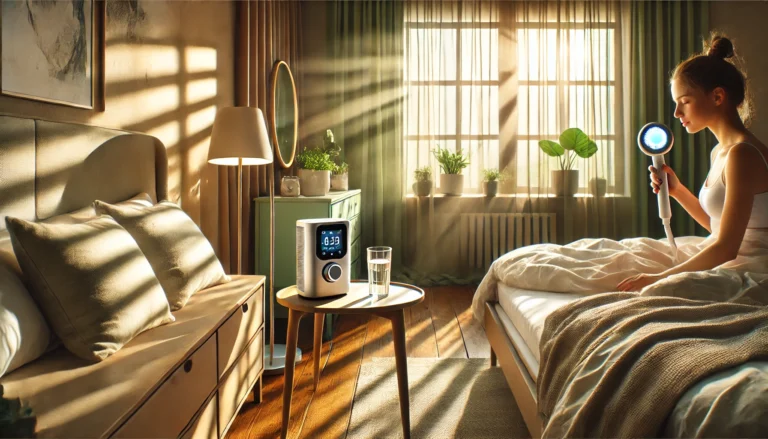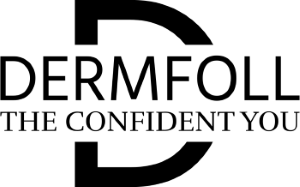
Skincare After Monopolar RF: How To Calm Your Skin
Dr.Idriss

Skincare After Monopolar RF : What to Apply After?
What happens in the clinic is just the first half of the transformation, what you do at home completes it.
Especially when it comes to skincare after monopolar RF, the recovery window is prime time for real, lasting results.
The single dot RF technology used in modern treatments is precise and powerful. Targeting the dermis to trigger collagen renewal without overwhelming the surface.
But that doesn’t mean your skin doesn’t need a little backup.
In fact, a carefully curated post RF calming routine, with research backed suggestions, can reduce redness, reinforce your barrier, and set the stage for better texture and tone in the long run.
In this post, we’ll walk through:
- Exactly what your skin needs in the first 7 days after treatment
- How to layer active ingredients for long-term collagen support
- Why skincare cycling (yes, week by week!) is essential for optimal glow
Think of this as your step-by-step guide to your post RF calming routine, and making every RF session work harder for you.
You don’t need another gadget.
you need a plan that makes your gadgets work.
Est.
37.53 $
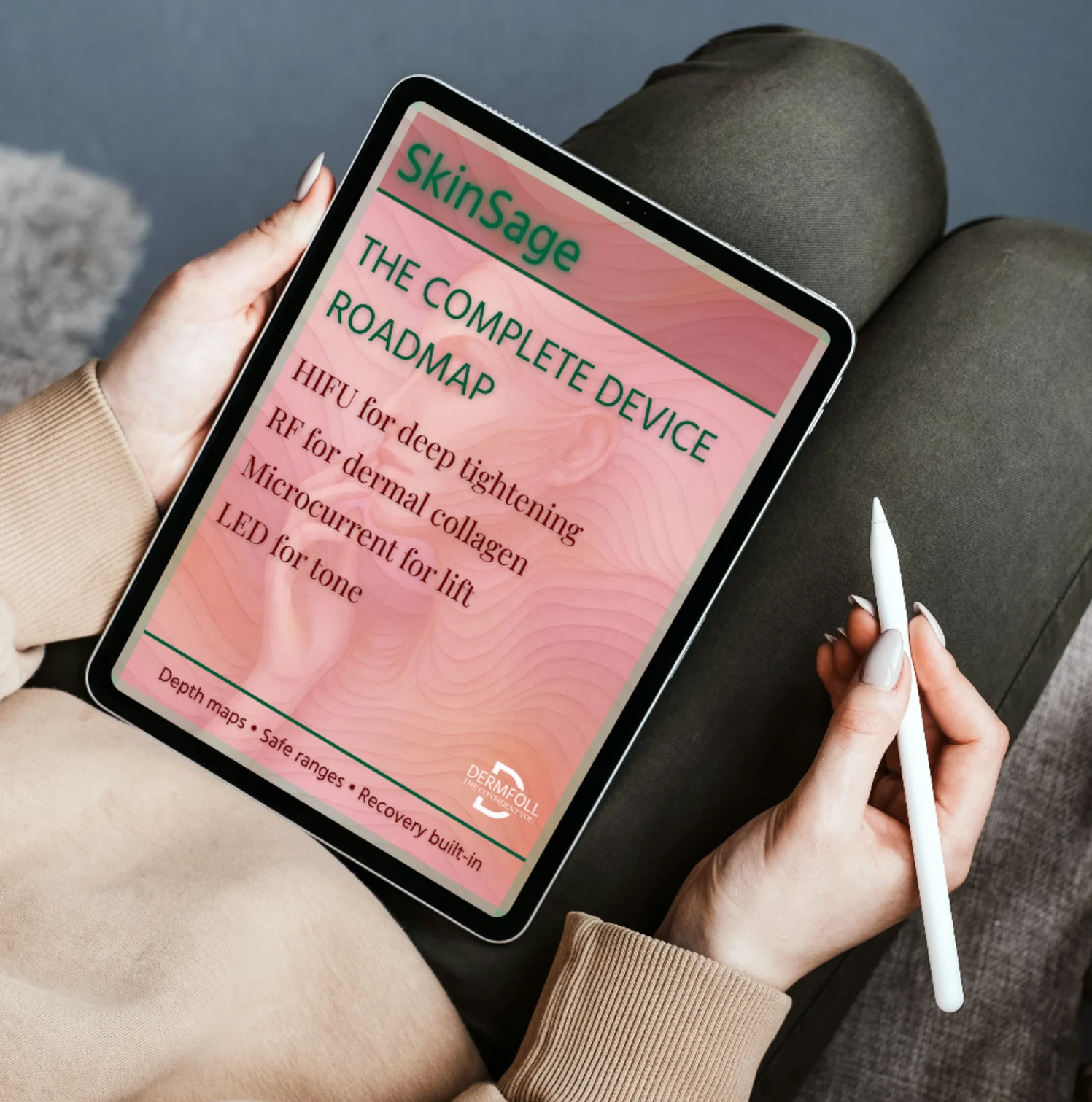
The Structured Skin Device Framework
Maybe you’ve already dropped $1,000s on gadgets, or maybe you’re still spiraling through
“best LED device routine” searches at 2 a.m. :’)
Regardless, this guide brings order to the chaos.
Because good skin isn’t about owning every tool, it’s about knowing how to use them right.
Because a plan always outperforms impulse.
How to Maximize Results: Topical Products that Pair Well For Post RF Calming Routine
Following a single-dot RF treatment, what you apply topically can significantly shape the skin’s healing journey and ultimate outcomes.
With the skin entering a repair and remodeling phase, the right ingredients, and timing, are everything.
Post-Treatment Calming and Barrier Repair
In the days immediately following treatment, skin tends to be more reactive, showing indications like redness, warmth, and moderate sensitivity.
This is a natural outcome of the regulated thermal stimulation beneath the surface.
The objective at this stage is to soothe inflammation and reinforce the skin’s damaged barrier.
Essential ingredients include:
Niacinamide (2–5%) A vitamin B3 derivative that helps rebuild lipids, reduce water loss, and diminish visible redness.
Panthenol Also known as provitamin B5, it attracts moisture and promotes cell renewal while reducing discomfort.
Ceramides Naturally occurring skin lipids that are critical for restoring the barrier and preventing dehydration.
Supporting items should be soft, pH-balanced, and free of perfumes and alcohol.
Occlusive ointments may also be administered to seal in moisture and prevent against irritation during this recuperation phase.
Long-Term Collagen Support
The initial reaction subsides, typically after the first 5 to 7 days. The focus changes to deep dermis healing.
This is the time to begin supporting the body’s natural collagen-building processes set in motion by the treatment.
Recommended actives include:
Peptides (like Palmitoyl Pentapeptide-4): These signaling molecules tell fibroblasts to boost production of collagen and elastin.
Growth Factors: Large protein messengers that assist in regeneration and help preserve dermal structure throughout this time period.
Stabilized Vitamin C Derivatives (such as VC-PMG or Ascorbyl Glucoside): Antioxidants that protect new collagen, brighten tone, and assist in reducing uneven pigmentation.
All while avoiding triggering post-treatment sensitivity.
Using these in synergy can help amplify the cumulative tightening and smoothing effects achieved by the procedure.
What to Avoid Post-Treatment
During early healing, certain active components can be excessively aggressive for sensitized skin.
And may interfere with good recovery or raise the chance of pigmentary changes.
Avoid throughout the first 7–14 days:
Retinoids: Known to increase cell turnover. They can overstimulate healing skin, resulting to dryness, peeling, or irritation.
Chemical Exfoliants: Acids like glycolic, lactic, or salicylic are too strong for fragile skin and can cause inflammation or post-inflammatory hyperpigmentation.
Alcohol-Based Products: These dry the skin and worsen barrier dysfunction, slowing down the natural repair process.
Stick to a simple, restorative regimen during this period and reintroduce actives sparingly, ideally under professional guidance.
skincare after monopolar RF: Building a 4-Week Recovery-to-Optimization Post RF Calming Routine
The actual success of energy-based skin rejuvenation doesn’t stop at the clinic, it’s built day by day, at home.
Thoughtful skincare cycling is key in supporting both short-term healing and long-term dermis remodeling.
This week-by-week analysis illustrates how to change from barrier-first care to active-driven regeneration, without provoking annoyance or setbacks.
Week 1: Recovery Mode – Soothe and Shield
The first 5–7 days post-treatment are about doing less, but doing it precisely.
Skin is in a vulnerable state, with a momentarily broken barrier and increased transepidermal water loss.
Key principles:
- Choose ceramide-rich moisturizers to repair lipids.
- Use occlusives like petrolatum or lanolin-based balms to seal in hydration.
- Mist with thermal spring water to reduce irritation without overwhelming the skin.
- Avoid active components; instead, lean into pH-balanced formulations, and no added fragrance or alcohol.
- Opt for formulations with minimalist INCI (International Nomenclature of Cosmetic Ingredients) lists, meaning products that contain as few ingredients as necessary to achieve their intended effect.
Some Examples include: Avene Cicalfate+, La Roche-Posay Cicaplast Baume B5, or Bioderma Cicabio Crème.
Week 2: Rebuilding Phase, Introduce Antioxidants and Light Hydration Actives
As the redness subsides and barrier function begins to regulate, you can gradually layer in repair-accelerating actives. The goal now is to induce collagen production and skin tone correction, gently.
Key additions:
- Vitamin C compounds include sodium ascorbyl phosphate or VC-PMG: useful for brightening and protection, with low irritation risk.
- Hydration actives such as polyglutamic acid or low-molecular-weight hyaluronic acid assist restore suppleness and eliminate residual dryness.
- Stick with fragrance-free and silicone-light textures to avoid plugging weaker pores.
- Introduce these ingredients no more than once daily, ideally in the morning, followed by a replenishing cream and SPF.
Week 3: Gentle Cell Turnover and Barrier Training
With core restoration underway, the third week of skincare after monopolar RF is your entrance point for controlled exfoliation and skin “re-education.”
The emphasis is still on caution, this is not the time for aggressive resurfacing.
Suggested strategies:
Add polyhydroxy acids (PHAs) like gluconolactone or lactobionic acid at low strengths, 1–2x per week.
Continue alternating cycles: antioxidant/brightening days followed by “recovery days” with balm-based sleeping masks or barrier-supportive serums.
Pay attention to your skin’s level of tolerance, if redness or stinging arises, draw back and buffer with emollient-rich products.
Week 4: Maintenance and Optimization
By now, the dermis is actively remodeling, collagen production is ramping up, and skin is better equipped to tolerate multilayer routines.
This is the time to optimize outcomes and extend your gains.
Focus on:
Firming serums include tetrapeptides (e.g., PKEK) or copper peptides to induce tissue remodeling.
Growth factor serums, if well-tolerated, to boost regeneration pathways.
Use layering methods:
- Hydrating serums or toner
- Active serum (antioxidant or peptide-based)
- Barrier-restoring moisturizer
- Broad-spectrum SPF (even indoors)
Weekly moderate exfoliation can continue, but the emphasis should now be on consistency, not aggressiveness.
CONCLUSION
Skincare after monopolar RF is a precision strategy that works hand-in-hand with the single dot RF technology you’ve invested in.
By following a thoughtful, phased approach, we not only protect the skin during recovery but actually amplify the remodeling process set in motion by RF.
Here’s what we’ve learned:
- ✅ Post-RF calming routines should prioritize niacinamide, panthenol, and ceramides to soothe inflammation and restore barrier integrity.
- ✅ Immediate recovery (Week 1) is about minimalism, pH-balanced, fragrance-free formulations with occlusives to lock in moisture.
- ✅ From Week 2 onward, it’s safe to introduce antioxidants like stabilized Vitamin C, paired with gentle hydrating agents.
- ✅ By Week 3–4, actives like peptides, PHAs, and growth factors can reinforce long-term collagen synthesis, without compromising skin comfort.
- ✅ Knowing what to avoid (retinoids, harsh exfoliants, alcohol) is as crucial as knowing what to include.
With each step, you’re building on the results of your RF single dot system, ensuring firmer, brighter, and more resilient skin that lasts well beyond the clinic.



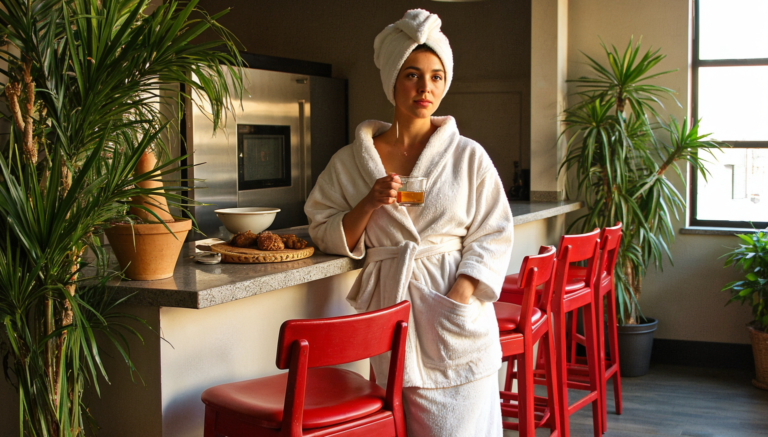
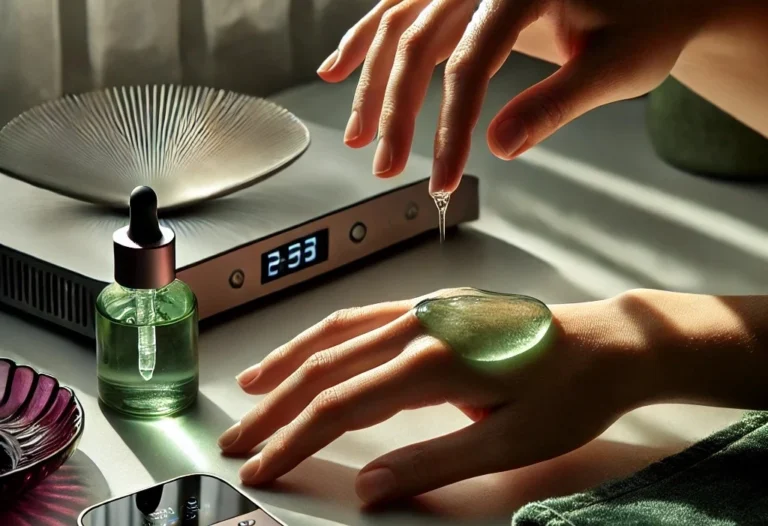
Portable RF Machine: Your Expert Guide to Maximizing Results
